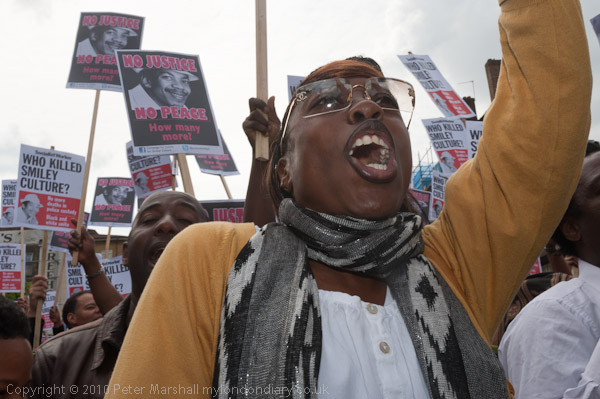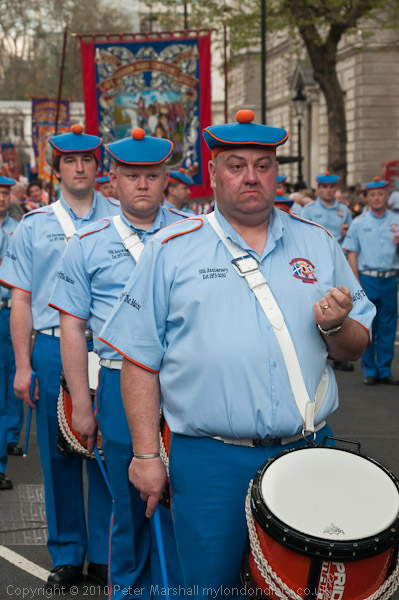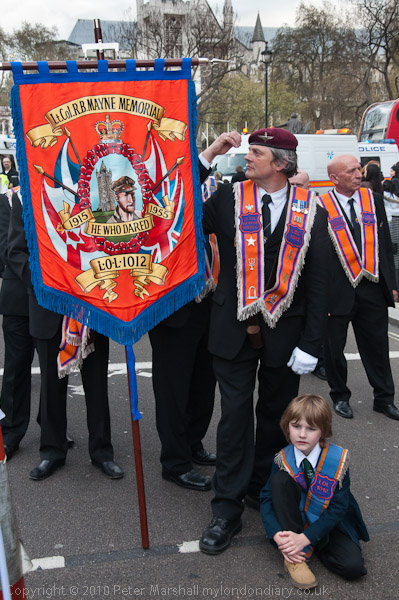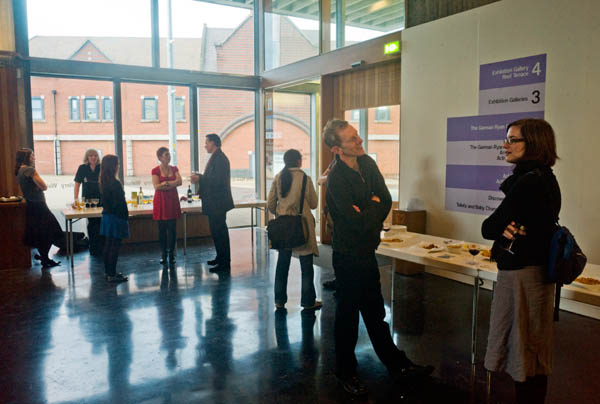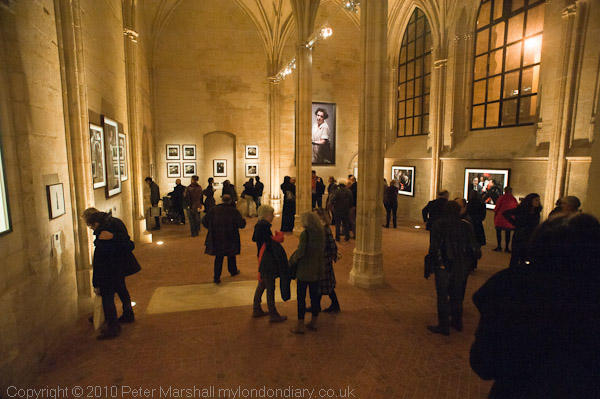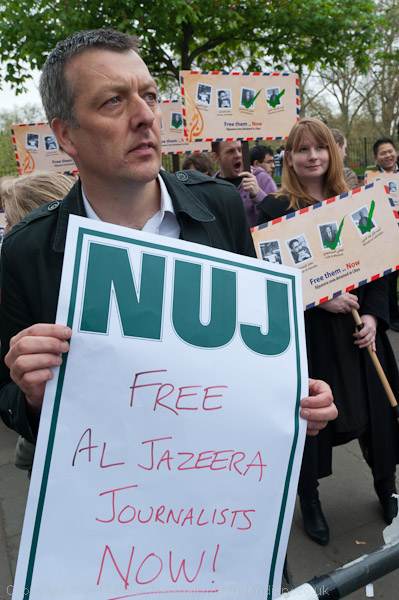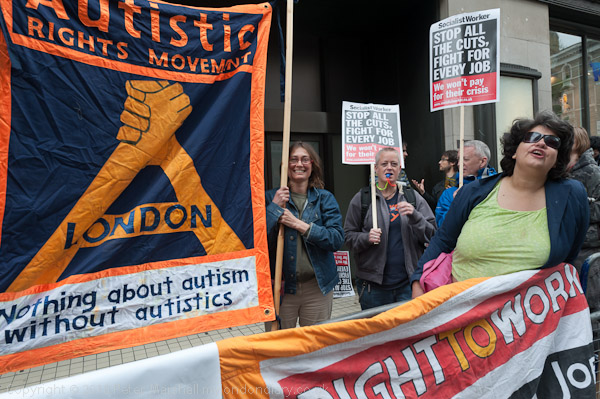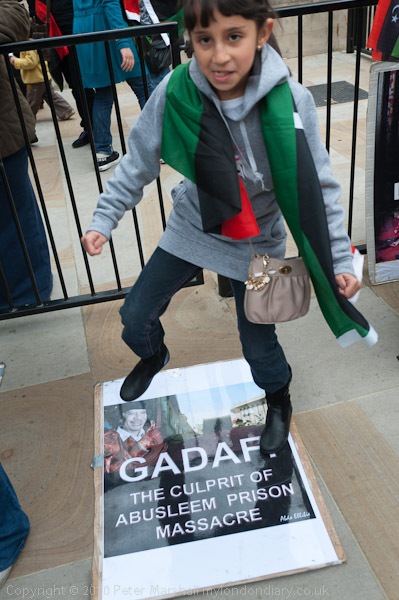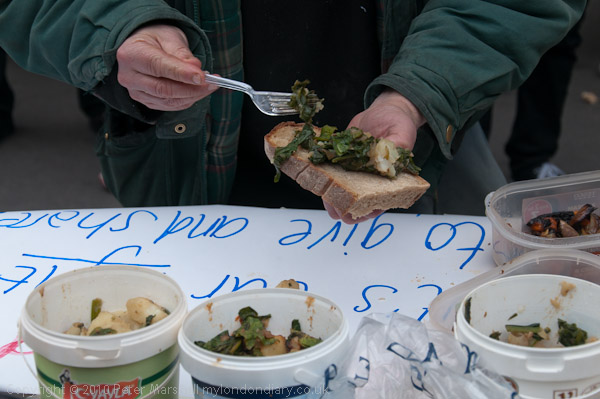Last Wednesday was a beautiful day for a picnic, warm for the time of year but not too hot, and with just a little breeze and a clear blue sky, though in the middle of London there was just a little haze of something nastily photochemical cutting down the clarity of the distant view as I walked over the Thames across Vauxhall Bridge on my way to the Tate Gallery, or as we now have to call it, Tate Britain.
I’d arrived a few minutes early and took a rest on of the seats overlooking one of the lawns, as a few people, mainly women in their twenties, arrived to take part in the protest.
Climate Rush were protesting on the first anniversary of the BP Gulf Oil disaster in what they called ‘Oil In A Teapot – Picnic, Exhibition & Auction‘, “in mourning for all those who suffer because of the destruction of BP’s global industry“, and so most of them were dressed in black, and some very much in the style of the age of the suffragettes who they take as their inspiration for direct action, adopting their slogan “Deeds Not Words” but on red rather than purple sashes, along with others such as “Well-behaved women rarely make history“.
I’ve photographed a number of their events since they began with a rush on Parliament on the 100th anniversary of the 1908 ‘Suffragete Rush’ in which more than 40 women were arrested as they tried to enter the Houses of Parliament.
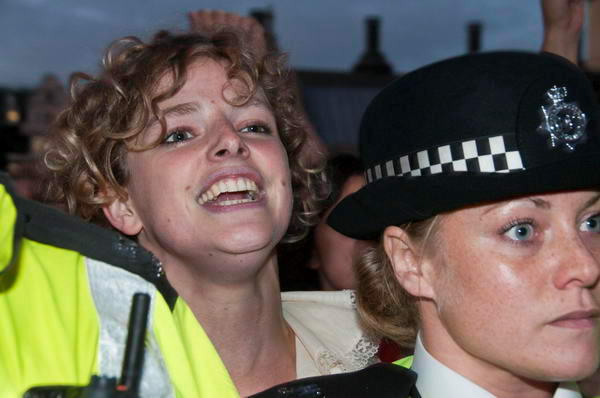
Tamsin Omond pushes behind a thin line of police in the 2008 Climate Rush
Today’s protest was a part of week-long series of protests against BP organised by various groups including Climate Camp, Rising Tide, Art not Oil and Climate Rush. BP use the sponsorship of art exhibitions at major galleries – including Tate Britain – as “greenwash“, using the events to put over an image as a socially and environmentally responsible company while they are damaging the environment on a huge scale in exploiting the tar sands in Alberta and through disasters such as Deepwater Horizon, as well as more generally promoting and fuelling a high-energy high pollution society.
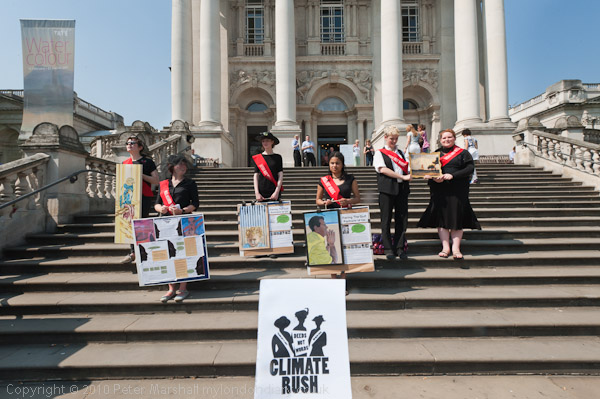
The Climate Rush logo at the bottom is a 4″ tall flier held in my left hand – 16mm at f20 for depth of field
For the gallery protest, Climate Rush had produced their own version of one of the Turners on show inside, a picture of boats on the Thames estuary, to which they had added an oil rig in flames. It was a nice though possibly fortuitous touch than t the original had actually been painted more or less on the site that later became one of BP’s largest refinery and storage sites at Coryton (which they sold just a few years ago.)
They also had panels showing pictures from a painting workshop after the spill in the Gulf of Mexico, produced as an entry (and protest) into the BP sponsored portrait competition, an annual fixture at the National Portrait Gallery.
One of the other photographers present set up some pictures with one of the Climate Rushers pretending to eat a sandwich covered with ‘crude oil’. Not the kind of thing I would do, but I did take advantage of it and take my own pictures. It wasn’t actually crude oil, but a thick meat gravy, which as most of those at the picnic seemed to be vegetarian, they found equally disgusting.
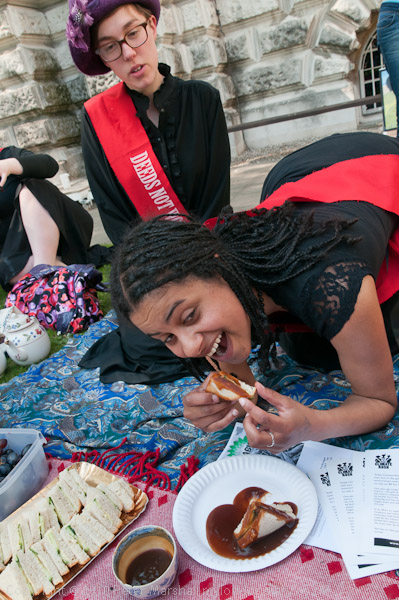
Photographically there were few problems, with good light I was working at ISO 320 and mostly at around f8 or f11 with fairly fast shutter speeds even in the shade. For most of the pictures in direct sun I added some flash fill, and where I didn’t it took quite a bit of extra work in Lightroom
I couldn’t really work out a good way to capture the scene when one of the Rushers climbed up the outside of the building to display the ‘Turner’.
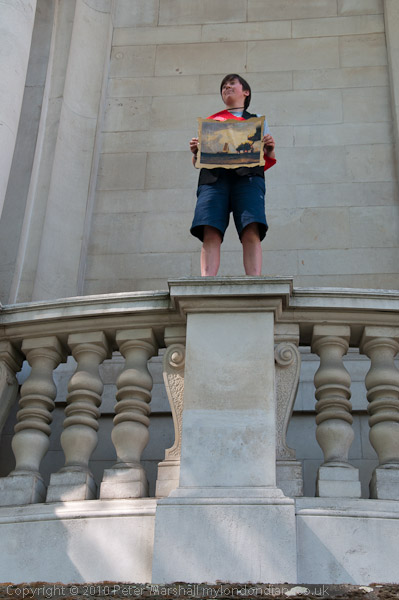
Showing the height she was at made her and the painting rather small, while using a longer focal length there was no way of knowing she wasn’t close to the ground. I don’t think there was a solution as single picture – sometimes you need more than one.
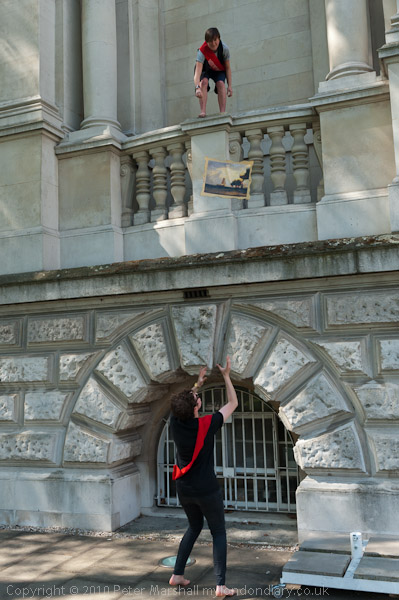
As too I did when the ‘Turner’ was thrown down for another Rusher to catch. It span around as it came down and I was pleased to have caught it facing the right way in mid air – and also later exactly as it was caught. But it was really something that would have been better on video than the sequence of 7 images I took.
